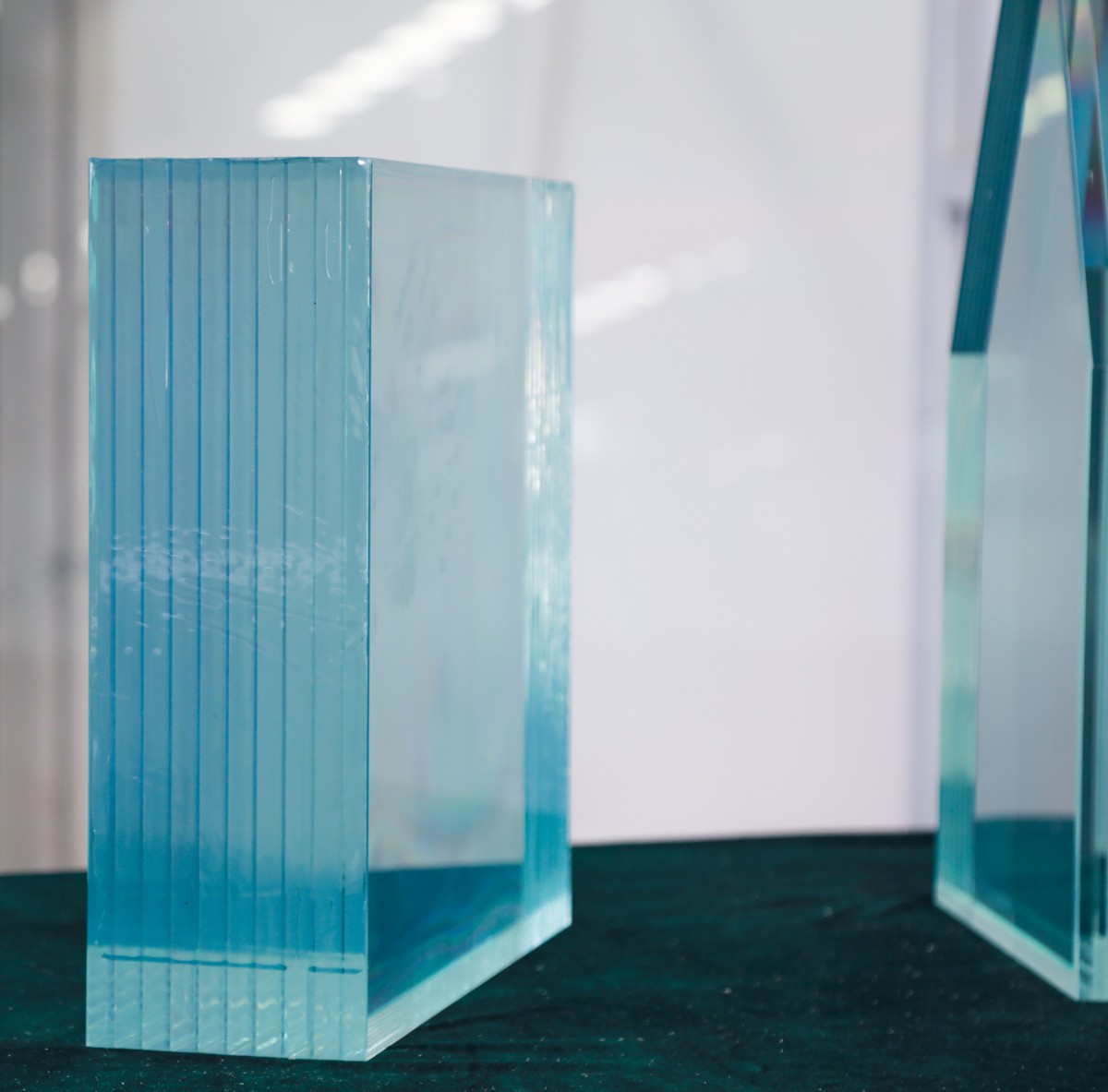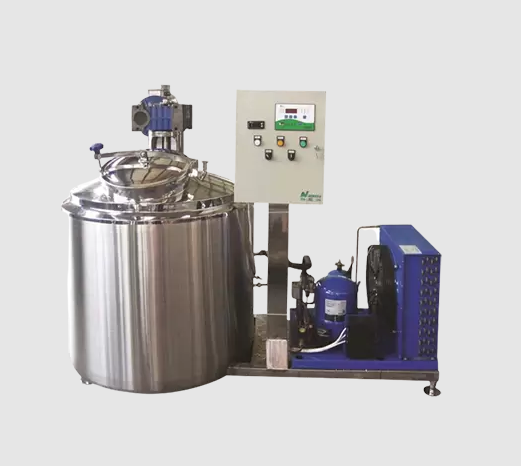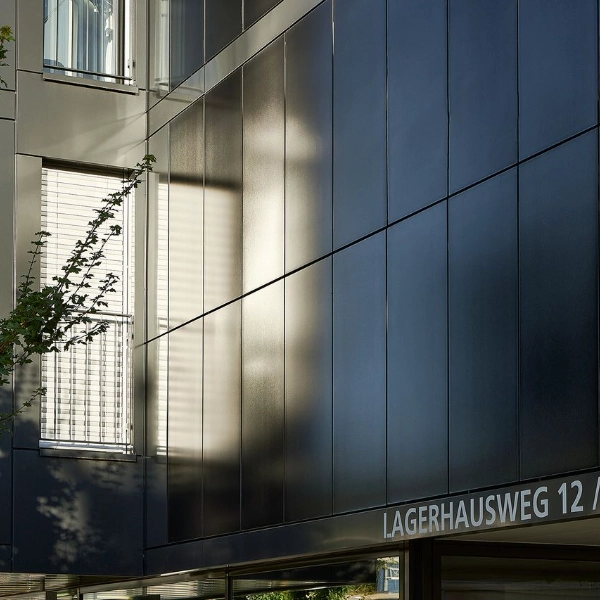When it comes to enhancing the aesthetic appeal and durability of a building, exterior wall cladding plays a crucial role. However, the cost associated with cladding can be a significant concern for homeowners and builders alike. In this article, we will explore the cheapest ways to clad an exterior wall, providing you with practical insights and innovative solutions that align with current market trends and sustainability practices.
Understanding Exterior Wall Cladding
Before diving into cost-effective options, it’s essential to understand what exterior wall cladding is. Cladding refers to the application of one material over another to provide a skin or layer, which serves both functional and aesthetic purposes. It protects the underlying structure from weather elements, improves insulation, and enhances the overall look of the building.
Factors Influencing Cladding Costs
Several factors influence the cost of cladding, including:
- Material Type: Different materials come with varying price points. Common options include vinyl, wood, metal, brick, and fiber cement.
- Installation Method: The complexity of the installation process can significantly affect labor costs.
- Building Size and Design: Larger or more intricate designs require more materials and labor, increasing overall costs.
- Local Market Conditions: Prices can vary based on geographic location and availability of materials.
Cost-Effective Cladding Options
Now that we have a foundational understanding, let’s explore some of the most economical ways to clad an exterior wall.
- Vinyl Siding
Vinyl siding is one of the most popular and cost-effective cladding materials available. It is lightweight, easy to install, and requires minimal maintenance. The average cost of vinyl siding ranges from $2 to $7 per square foot, making it an attractive option for budget-conscious homeowners. Additionally, vinyl is available in various colors and styles, allowing for customization without a hefty price tag.
- Wood Paneling
For those seeking a natural aesthetic, wood paneling can be an affordable choice. While the initial cost may be higher (approximately $3 to $10 per square foot), using reclaimed wood or treated plywood can significantly reduce expenses. Proper sealing and maintenance can extend the lifespan of wood cladding, making it a sustainable option in the long run.
- Fiber Cement Siding
Fiber cement siding is a durable and versatile material that mimics the appearance of wood or masonry. Its cost typically ranges from $5 to $10 per square foot. While the installation may require professional help, the long-term savings on maintenance and energy efficiency can offset initial costs. Additionally, fiber cement is resistant to pests and rot, making it a wise investment.
- Metal Cladding
Metal cladding, particularly aluminum or corrugated steel, is gaining popularity due to its modern aesthetic and durability. The cost can vary widely, from $3 to $12 per square foot, depending on the type of metal and finish. Metal cladding is low-maintenance and can be recycled, making it an environmentally friendly option.
- Stucco
Stucco is a traditional cladding material that offers excellent insulation and weather resistance. The average cost for stucco ranges from $6 to $9 per square foot. While the installation process can be labor-intensive, DIY options are available for those with the right skills, potentially lowering costs.
DIY Cladding Solutions
For the budget-conscious homeowner, DIY cladding can be an excellent way to save money. Here are some tips to consider:
- Research and Plan: Understand the materials and tools required for your chosen cladding type. Create a detailed plan to avoid unexpected expenses.
- Use Reclaimed Materials: Sourcing reclaimed wood or other materials can significantly reduce costs while adding character to your home.
- Learn Installation Techniques: There are numerous online resources and tutorials available that can guide you through the installation process, allowing you to tackle the project yourself.
Conclusion
Cladding an exterior wall doesn’t have to break the bank. By exploring various materials and considering DIY options, homeowners can find cost-effective solutions that enhance both the aesthetic and functional aspects of their buildings. Whether you opt for vinyl siding, wood paneling, or fiber cement, the key is to balance cost with quality and durability. With careful planning and research, you can achieve a beautiful exterior that stands the test of time without overspending.


